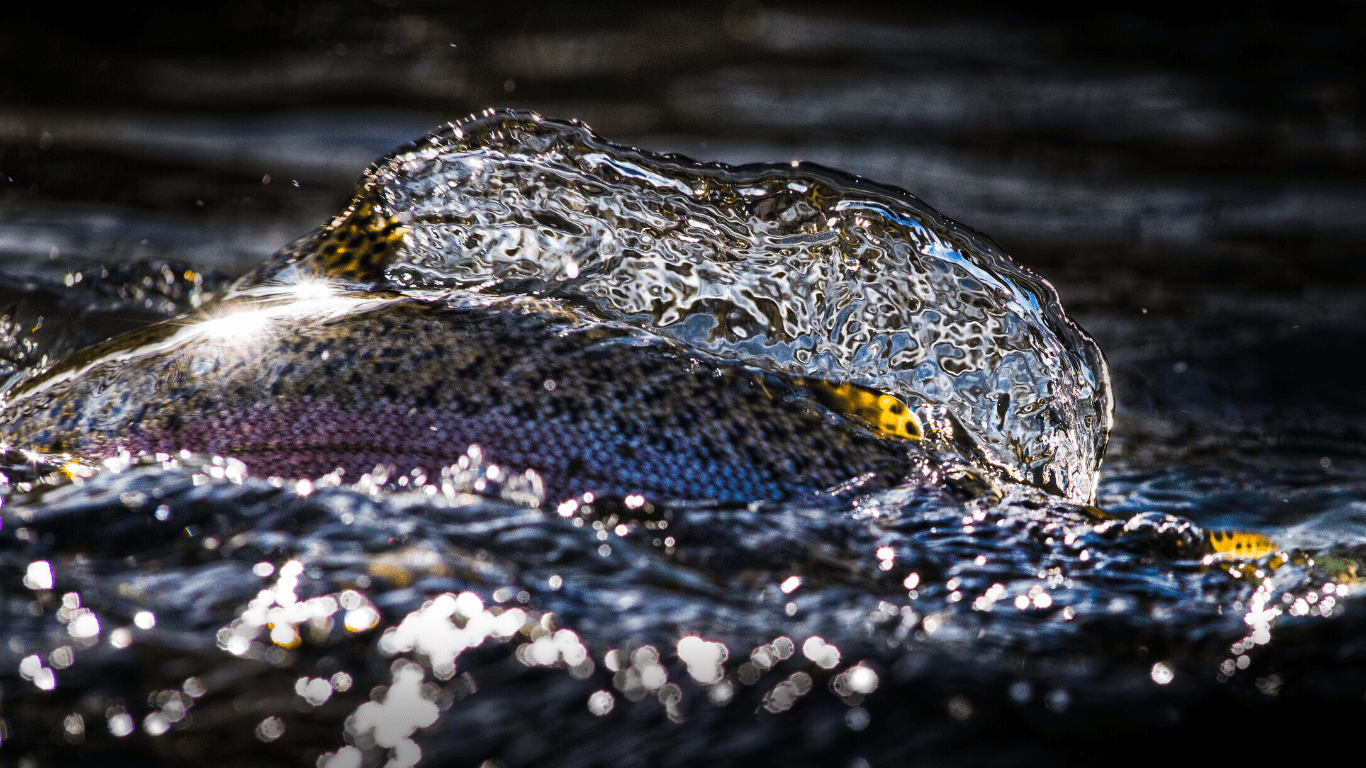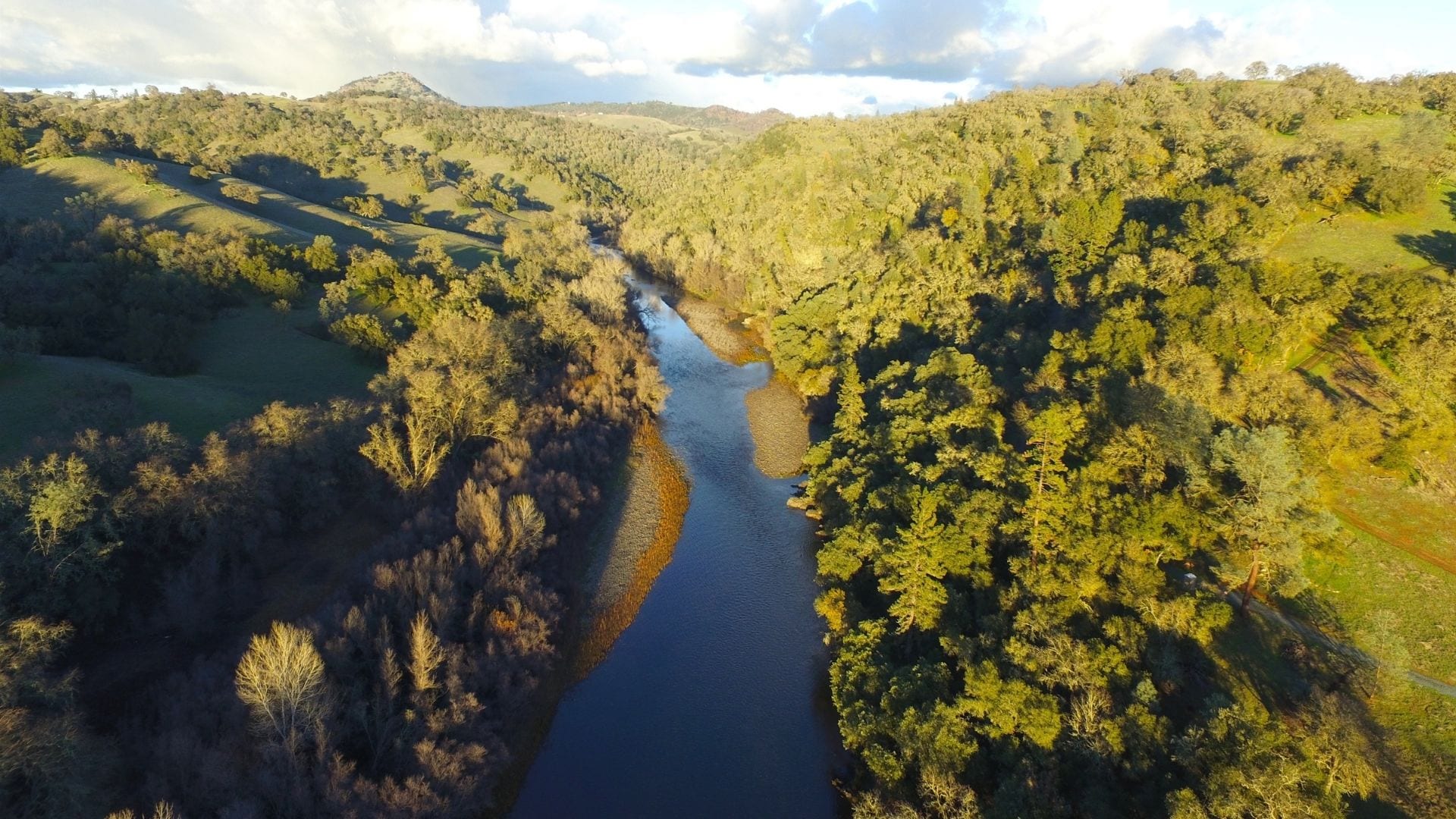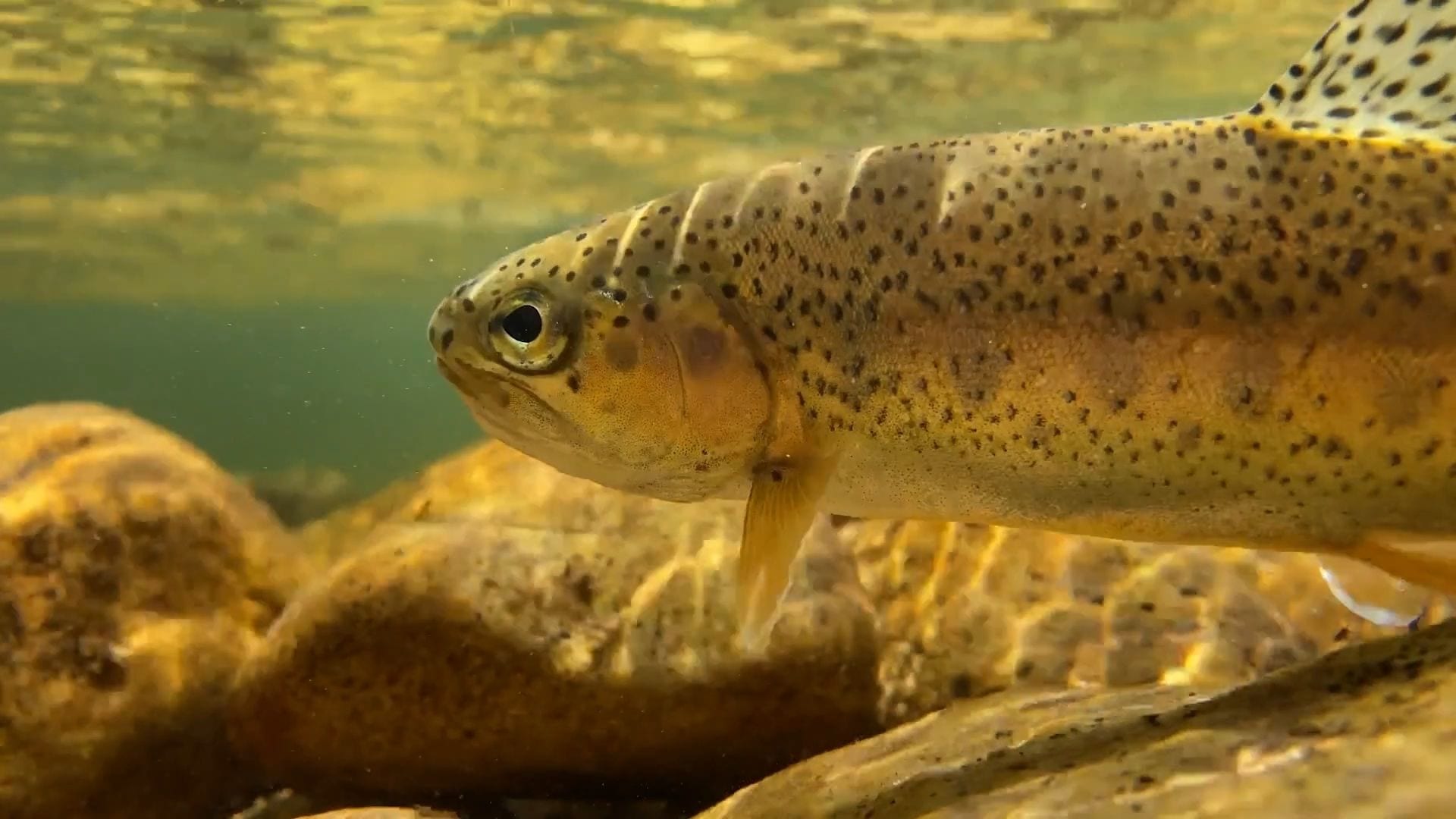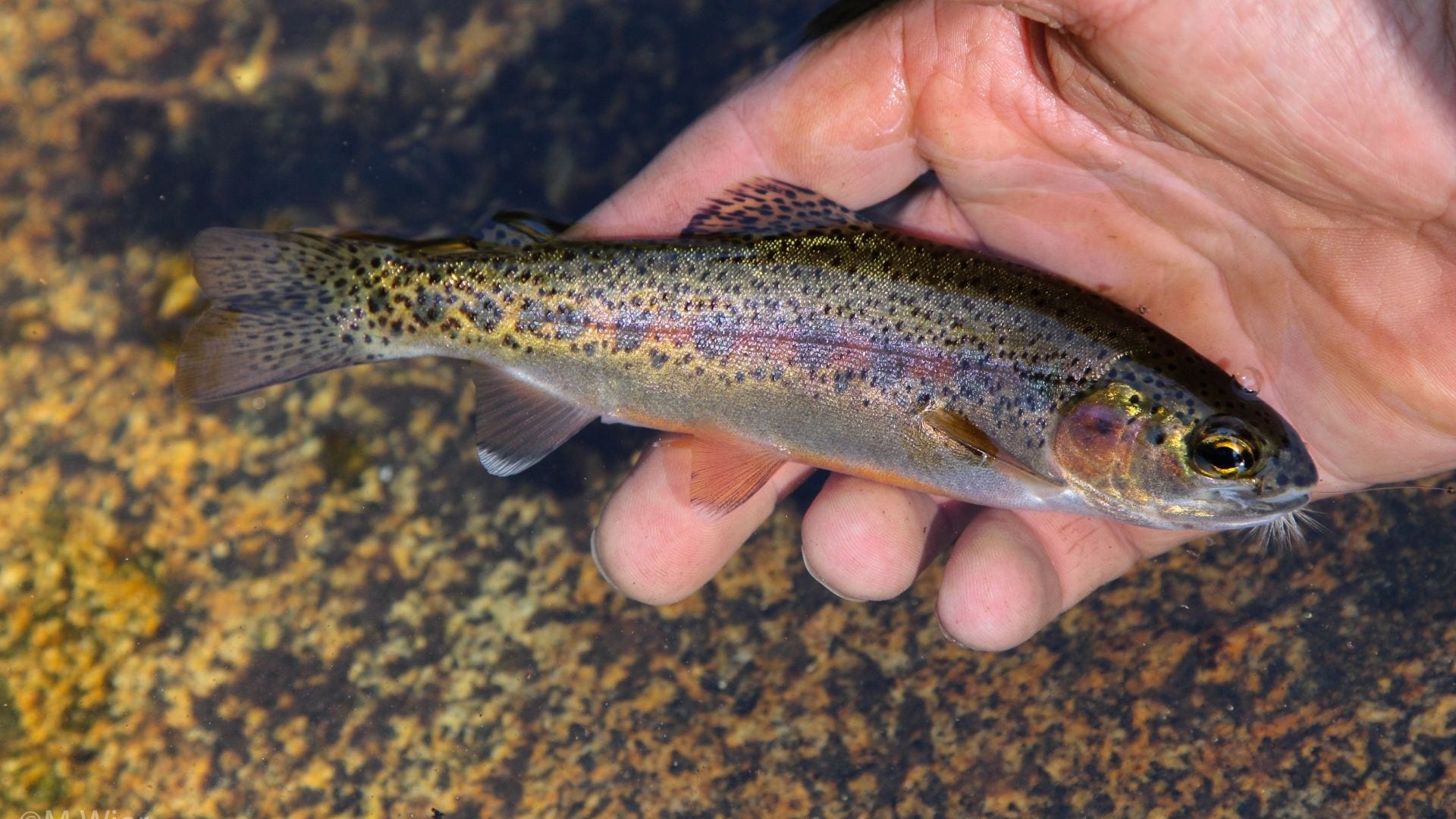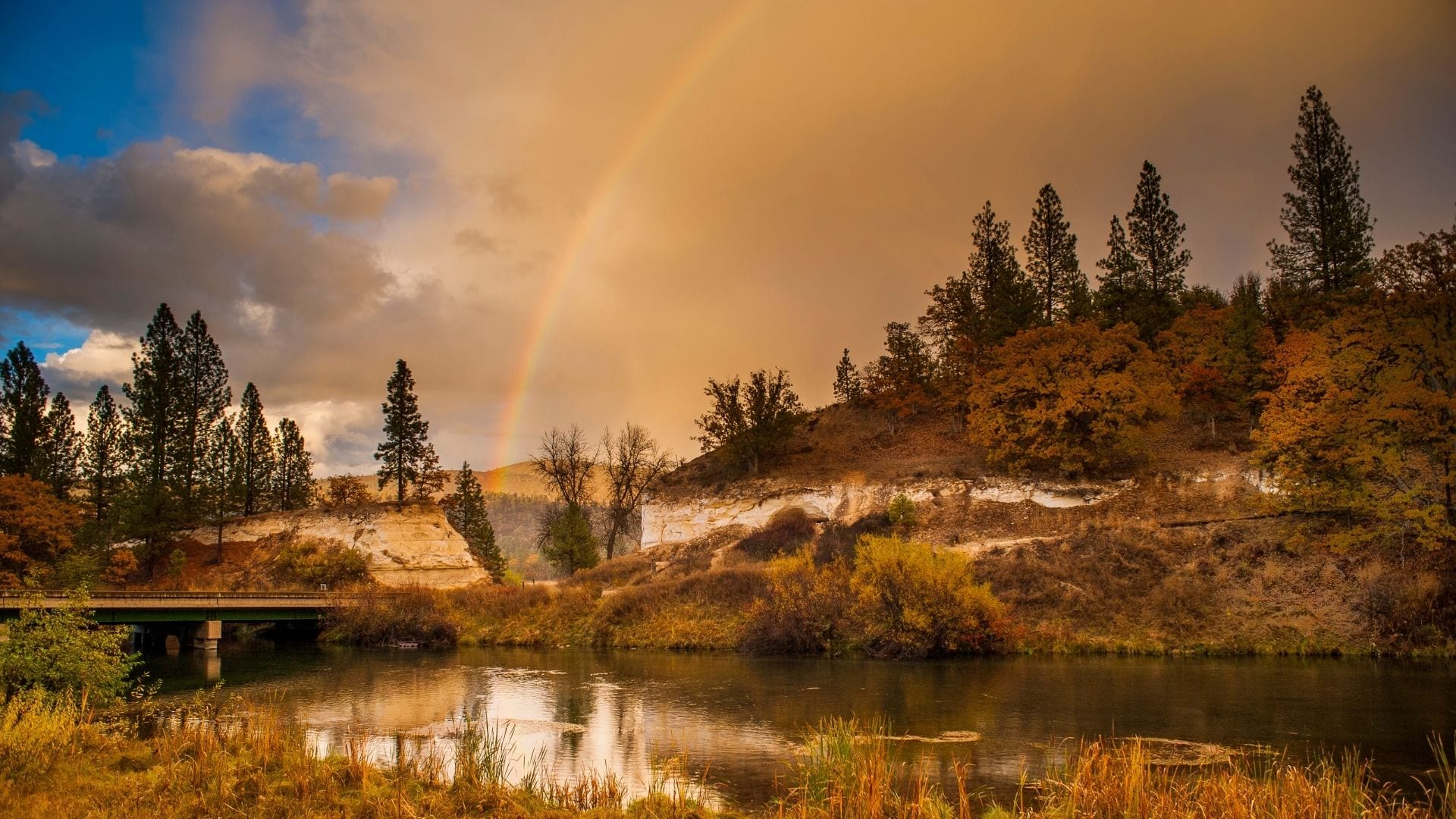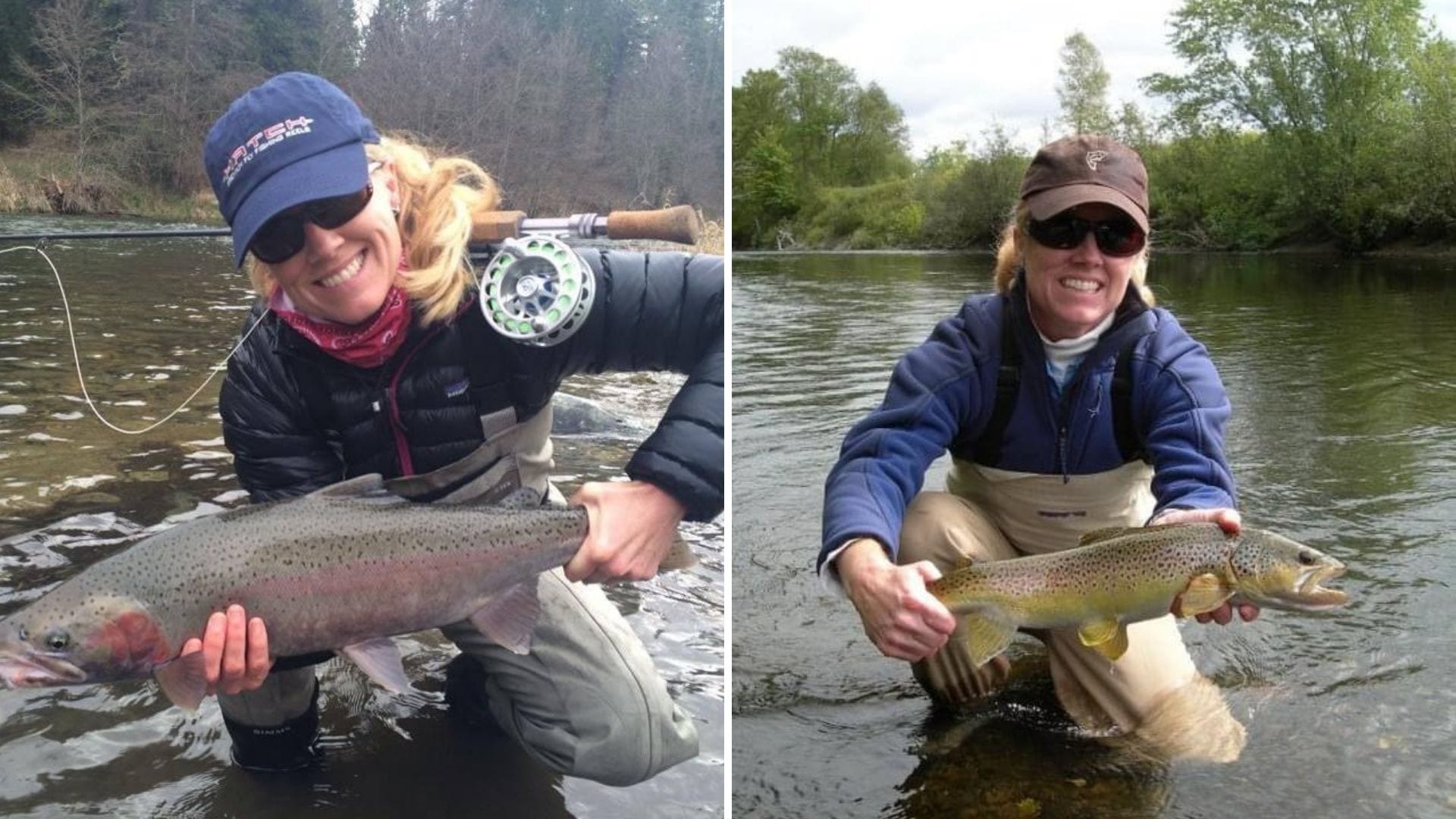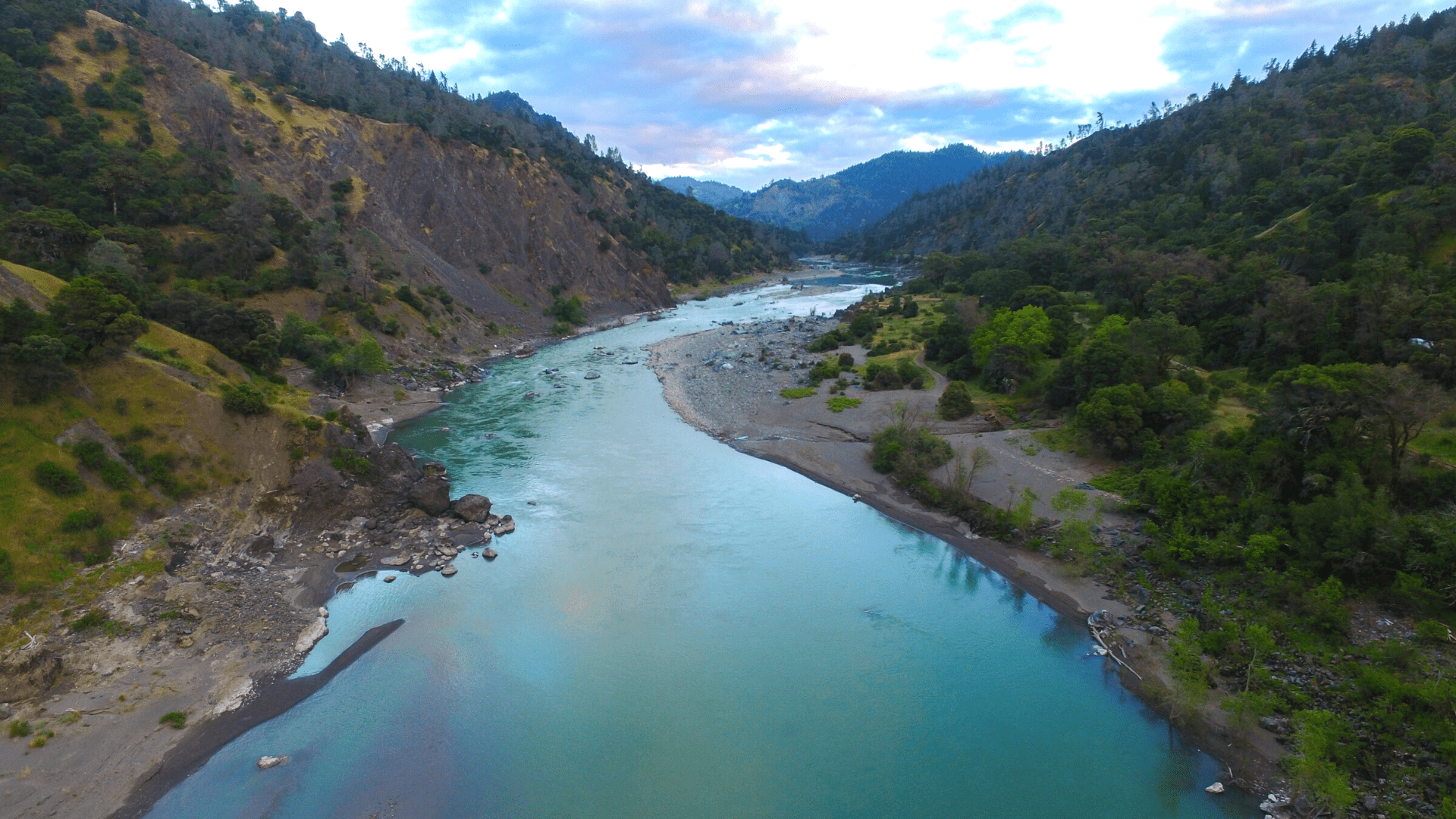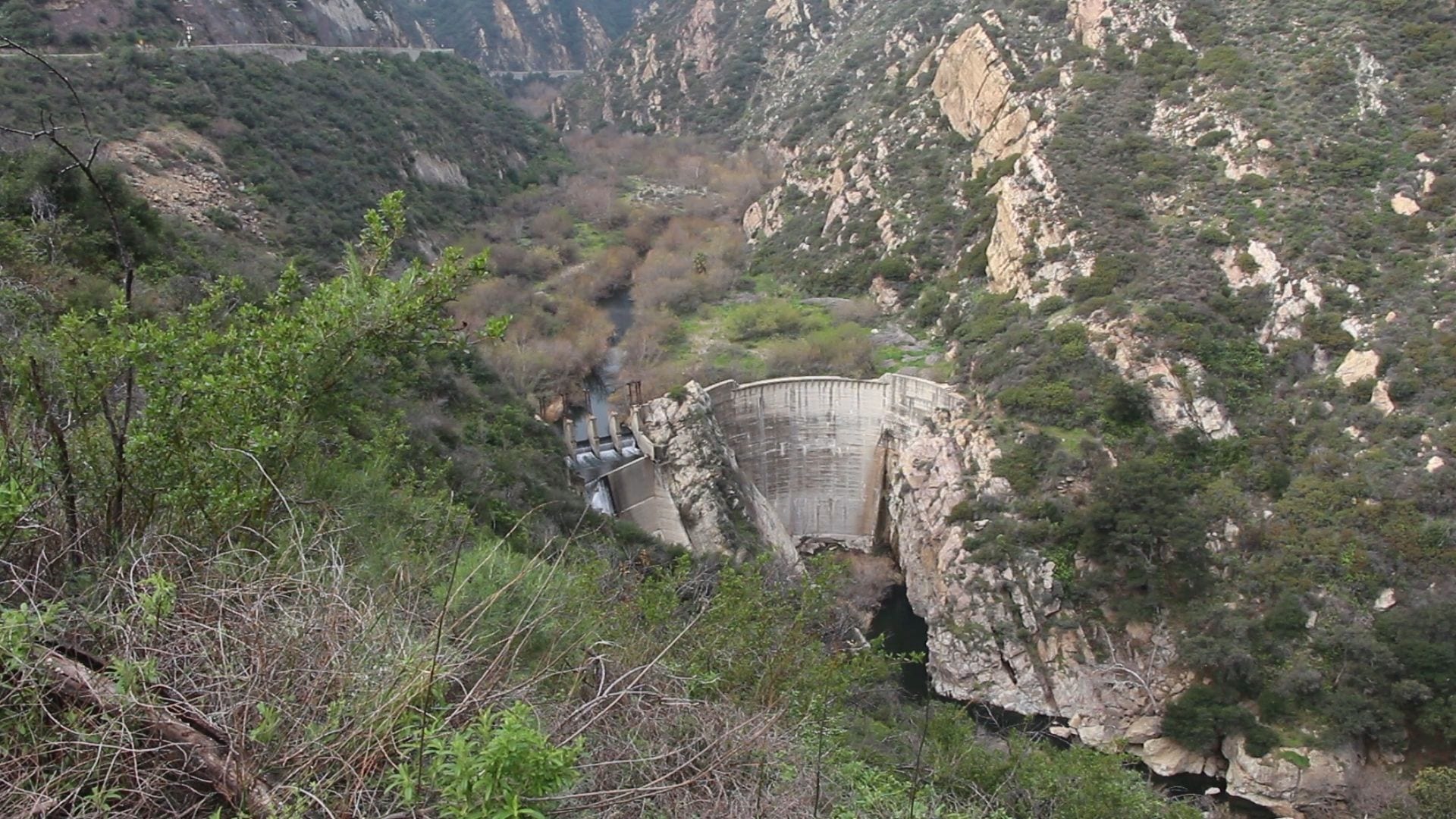By Drew Braugh
CalTrout Mt. Shasta/Klamath Regional Director
Hat Creek, California
California Trout was founded on the daring idea that healthy, functional rivers could sustain resilient wild trout populations without the help of hatcheries. By 1971, state fisheries managers had nearly given up on the preposterous concept of sensitive cold-water fish reproducing naturally.
Consequently, when founding CalTrout member Richard May approached the Fish and Game Commission that same year with delusions of radically rethinking the way we manage rivers and fish in California, few imagined his vision would galvanize a new conservation ethic around fly-fishing and springboard CalTrout towards 50-years of storied existence and profound impact.
Cover Photo: Hat Creek
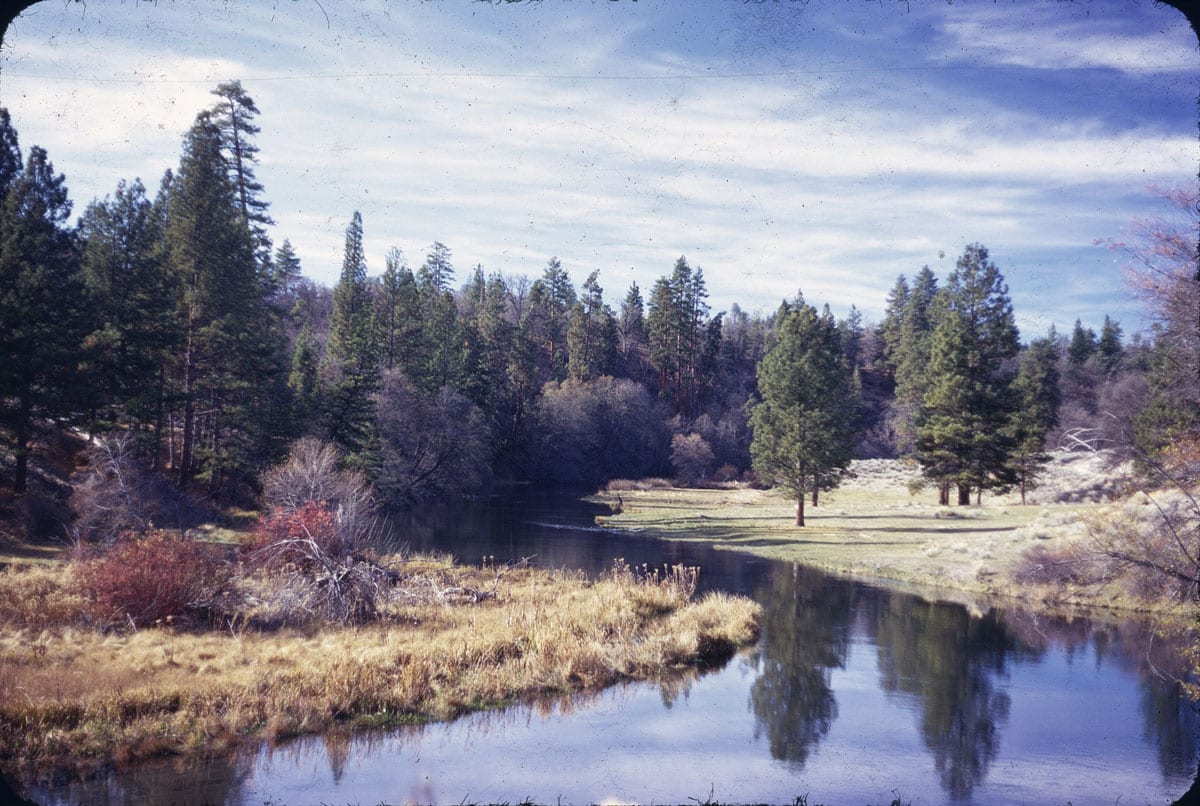
Photo: Hat Creek
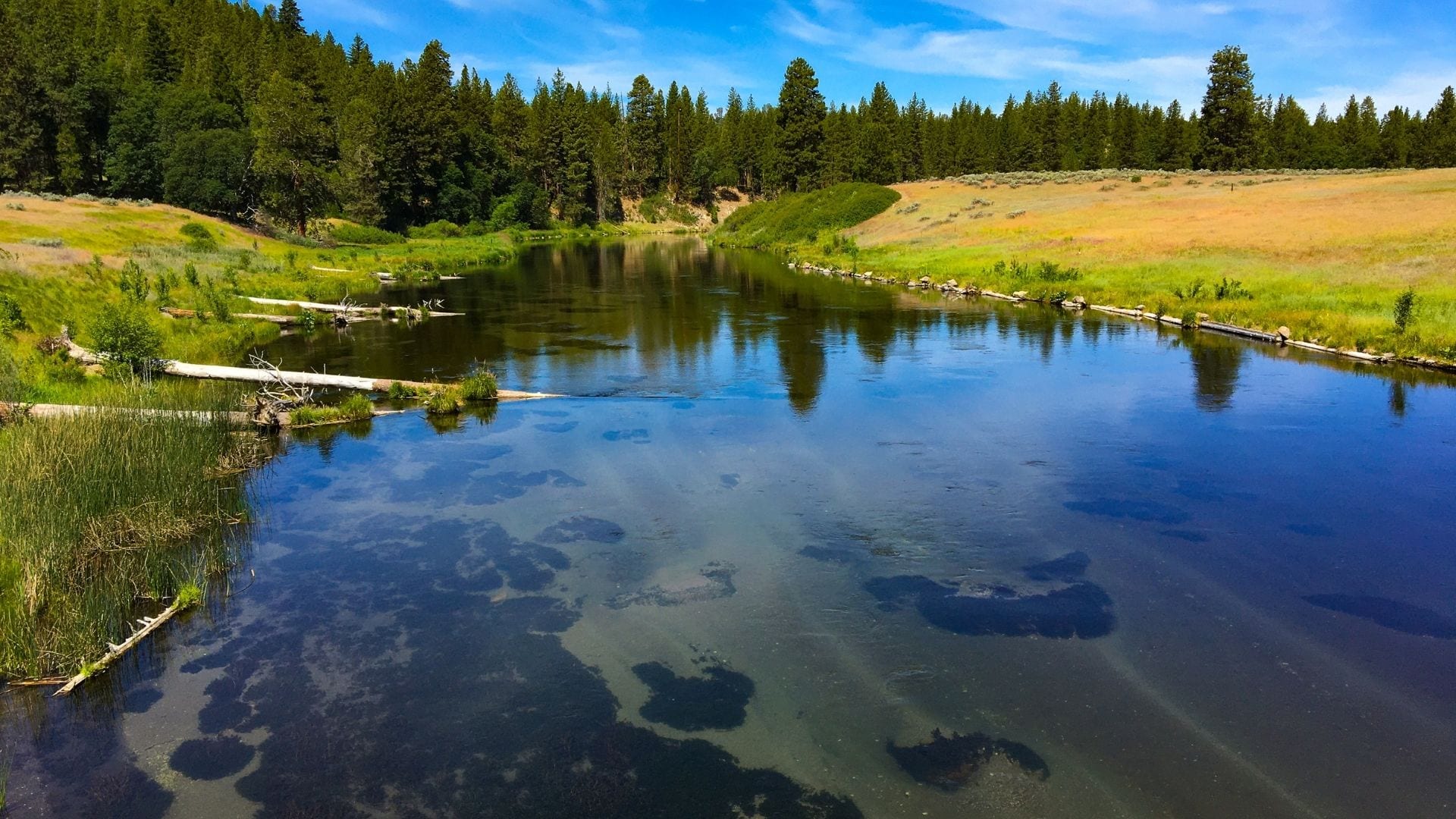
May’s vision was realized thanks to the spring-fed, crystal-clear waters of Hat Creek in Northern California. Fed by massive volcanic aquifers residing under Mount Lassen, Hat Creek captured the imaginations of anglers throughout the west with its robust food-webs and macroinvertebrate abundance, stunning aquatic plants, pristine water quality, and huge fish.
Hat Creek was the perfect place for a paradigm shift: investing in the protection of an entire ecological system to support wild fish instead of a building another hatchery to mitigate for the continued degradation of habitat.
As May tells it, “Hat Creek was a demonstration project because we wanted to prove to the public, and to the power that be in the Department of Fish and Game and the Fish and Game Commission, you could manage fish on a natural basis.” Soon after, Hat Creek became the state’s first designated Wild Trout Water under the newly formed Heritage and Wild Trout Program, thus beginning a new era in fisheries management in California.
Photo: Hat Creek by Mike Wier
Following Hat Creek, CDFW designated a total of 59 Heritage and Wild Trout Streams for protection across California. Anglers statewide refined their preference for fly-fishing and sharpened their senses to appreciate the vibrancy and stunning genetic diversity of wild and native fish in special places like the McCloud River, Walker River, Carson River, Smith River, Eel River, Eagle Lake, and Kern River.
Proudly, CalTrout’s commitment to Hat Creek remains as strong today as it was 50 years ago: a rare feat to stay invested in one transcendent organizational priority across multiple generations of leadership, partnerships, and personnel.
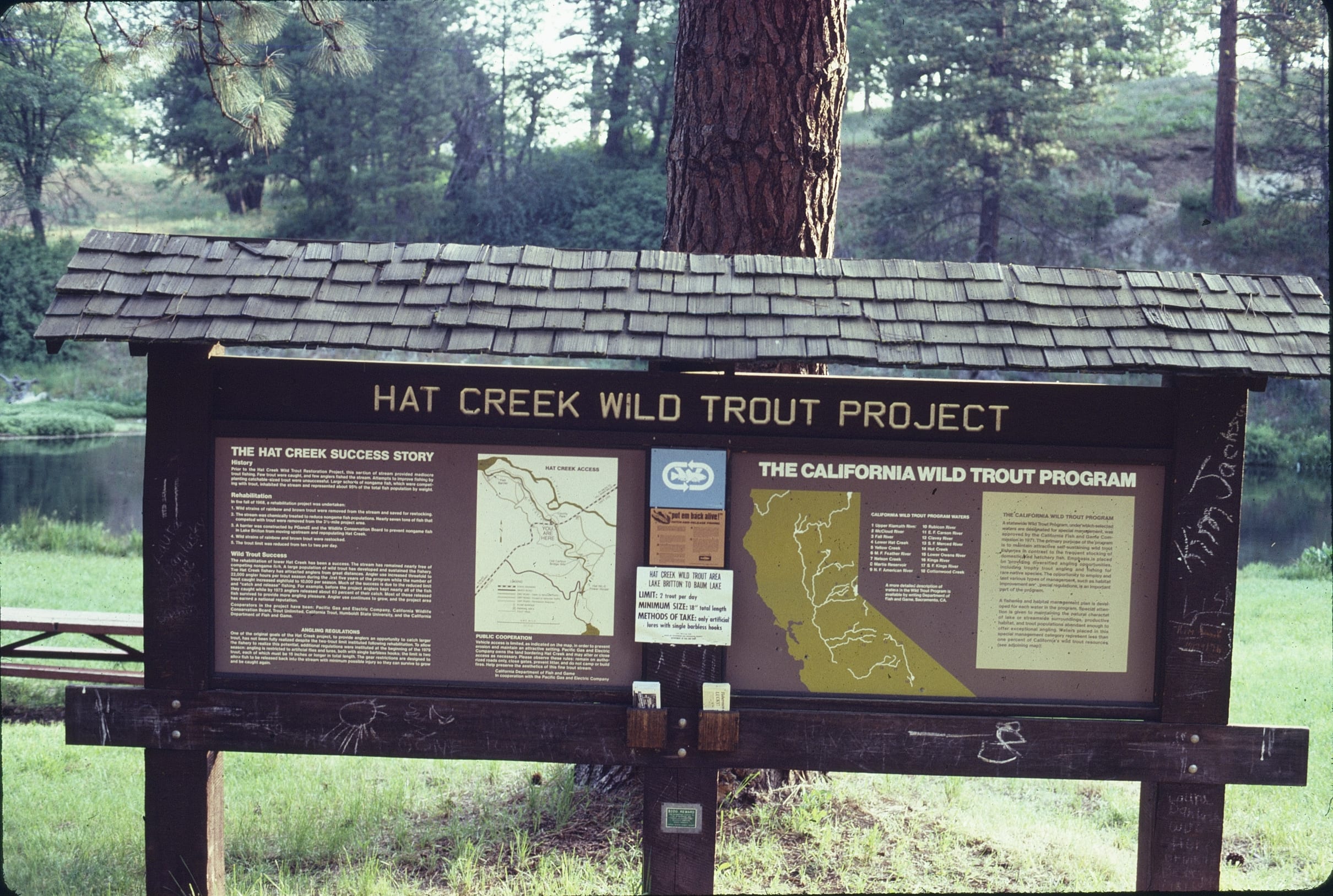
Photo: Hat Creek Wild Trout Project Sign
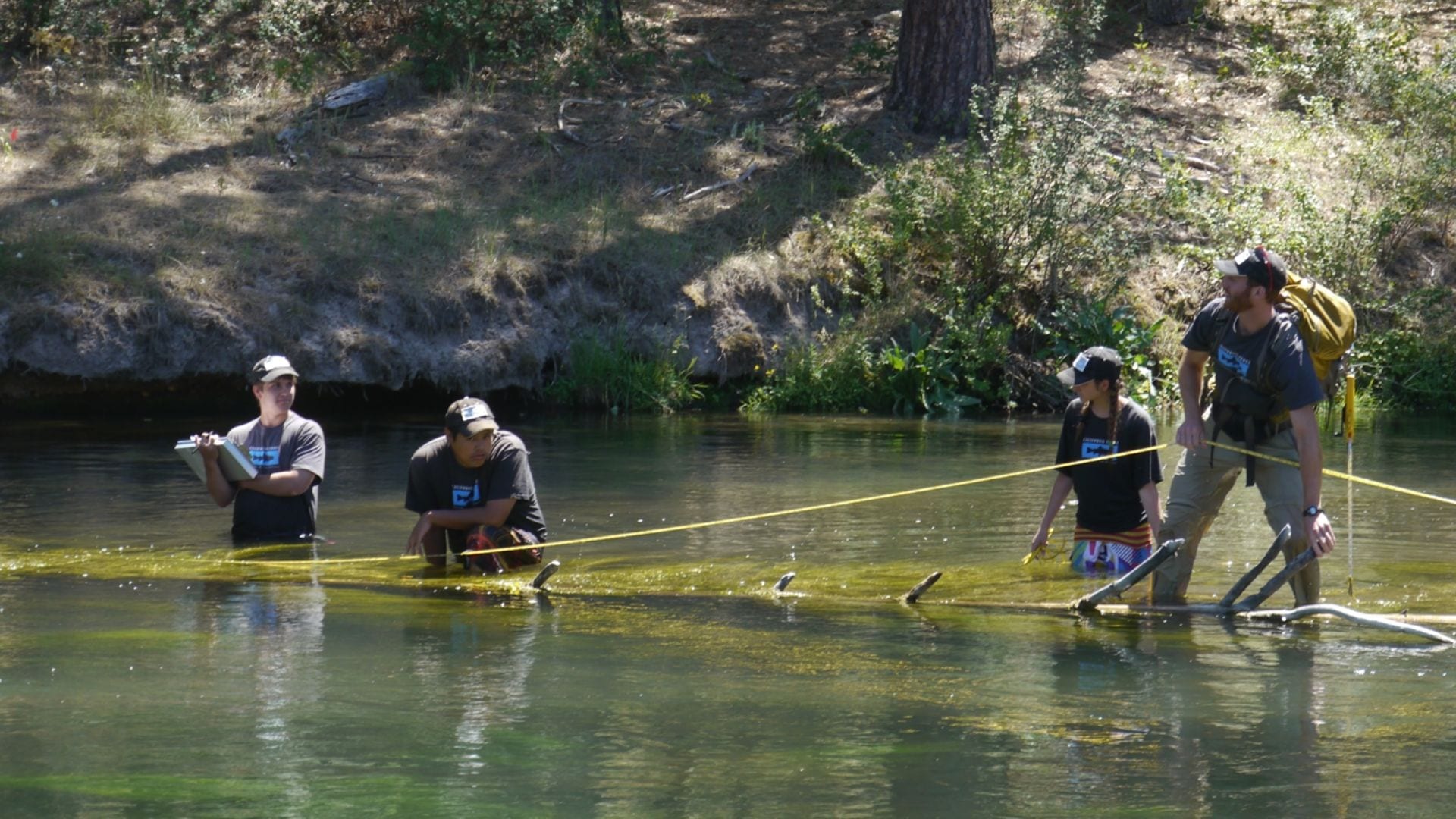
In 2014, we embarked on a multi-year restoration project with dozens of public-private partners to address a massive sediment influx that destroyed aquatic vegetation and blanketed miles of streambed.
As part of this project, CalTrout partnered with the Illmawi Band of the Pit River Tribe to protect sacred ancestral lands and engage tribal youth in eco-cultural restoration, which included planting more than 5,000 native trees and shrubs throughout the Wild Trout Area.
CalTrout restored instream habitat by designing and placing large-wood structures to help scour and flush fine sediment. We provided internships and workforce training to prepare tribal members to take on paid conservation jobs stewarding Hat Creek.
The Center for Watershed Sciences at UC Davis continues to lead efforts to better understand the dynamics of spring-fed streams, helping CalTrout monitor and assess the steady geomorphic recovery of Hat Creek.
Photo: Pit River Tribe Youth taking a stream survey of Hat Creek
In 2021, CalTrout is designing the next phase of restoration and protection to carry on the work that Richard May began so many decades ago. Looking forward, CalTrout’s deep connection with the conservation and cultural legacy of Hat Creek grows stronger every year.
Richard May established a model, demonstrated a better to way to think about managing rivers, and sparked a paradigm shift that continues to play out today. But now, even greater challenges threaten the future of California’s most revered streams and native fish populations.
To ensure the future of streams like Hat Creek over the next 50 years, CalTrout will need to find solutions for protecting Heritage and Wild Trout Waters from a rapidly changing climate and the associated impact of prolonged drought, catastrophic fire, and water demands for people and agriculture.
Thankfully, the legacy of Hat Creek reminds us that solutions exist when great organizations and determined people come together around a shared vision for a better future.





